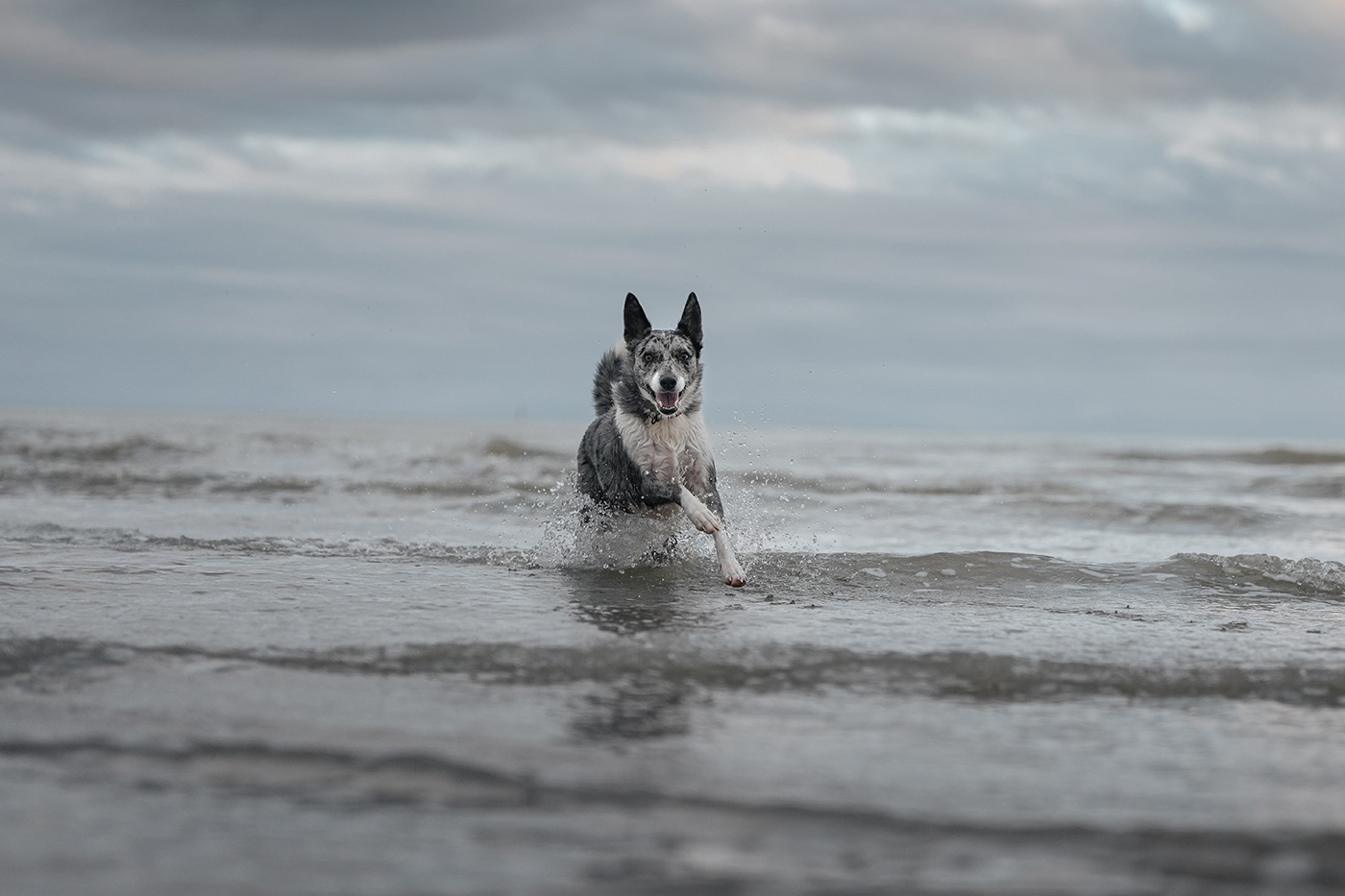- Call us: 01444 237070
- Contact Us
- Stores
- Sign In / Register
-
- Back
- Used Cameras
- Used Accessories
- Used Lenses
- Used Video
- Used Film Equipment
- Used Stock Alert
- Used Blank Test
- Sell or Part Exchange
- Used Clearance
- Recently Added Used Equipment
- Park Picks
- All Used Black Friday Deals
- Faulty
- Trade-In
- Blog
- New in
- Call us
- Contact us
- Stores
- Sign in
- Categories
- Tips & Inspiration
- Reviews
- News
- Events
- Features
- Buying Guides
- Competitions
Sony A1 II Review
The next-generation flagship mirrorless camera from Sony faces high expectations, thanks to the success of the original groundbreaking Sony A1. To build on this impressive legacy, the Sony A1 II brings a host of upgrades and refinements, both inside and out.
Watch the Sony A1 II video review here by Gareth Evans
The original A1 was Sony’s first flagship mirrorless camera, combining the best technologies available at its January 2021 launch. However, much has changed since then, and the new flagship model reflects those advancements, combining the very latest hybrid technologies from the Sony E camera range.
Join us as we explore what’s new in our Sony A1 II review, watch Gareth’s hands-on video, enjoy his sample images, and compare specs between the two generations in our comparison table to discover the full impact of this release for your work.
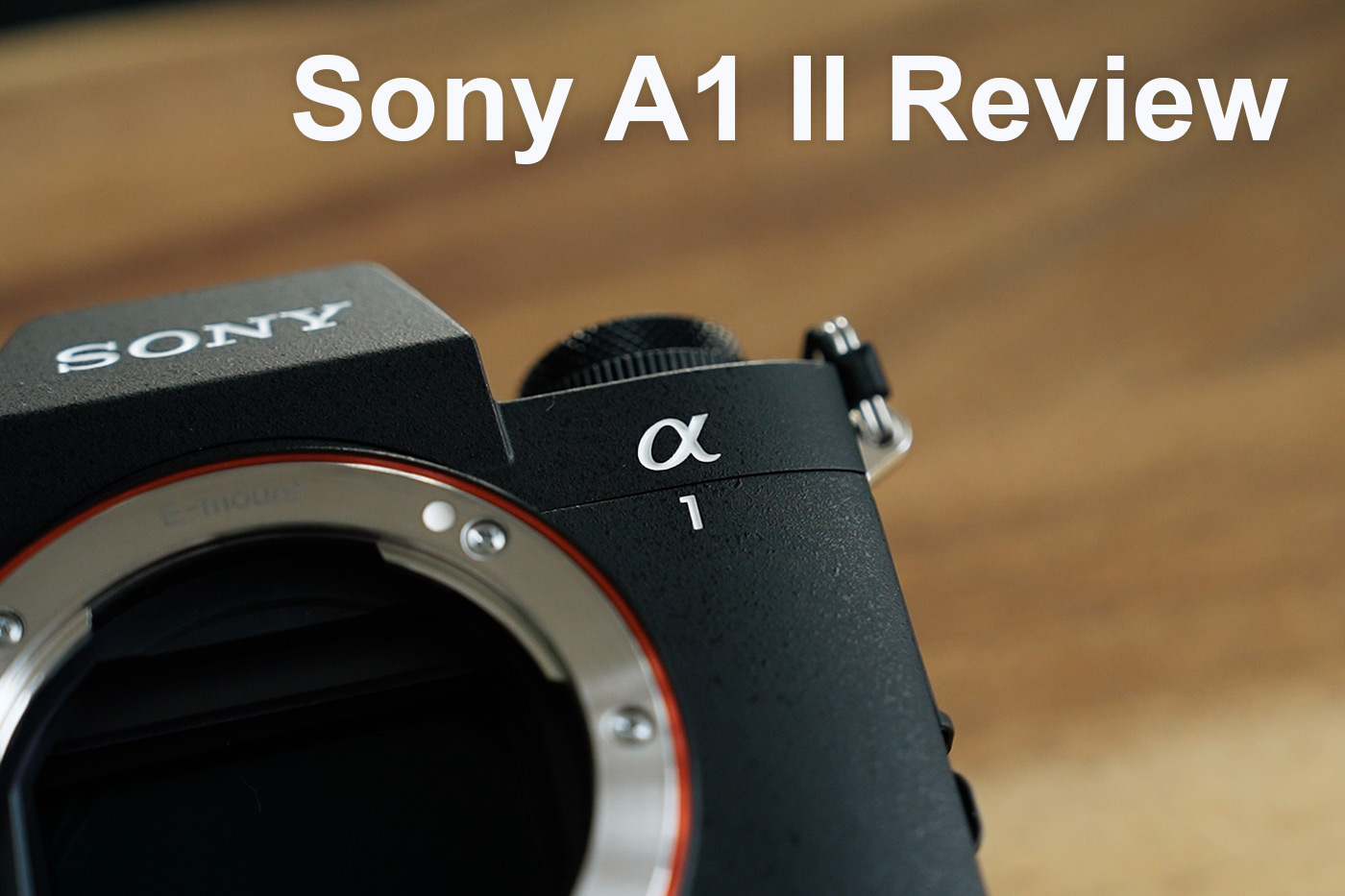
When was the Sony A1 II released and how much is it?
The Sony A1 II was released on 19th November 2024, and costs £6299.00 vs £5,879.00 for the outgoing model. It draws on technology first introduced in revolutionary models like the A9 III and the ultra high-resolution A7R V, with a dizzying combination of resolution, speed, and features never seen before in a Sony camera.
Mirrorless flagships differ slightly from their DSLR counterparts, which often separate high resolution from high speed. As a mirrorless-only manufacturer, Sony has embraced this combination with the A1 series. Let’s take a closer look at the core specs and what it offers.
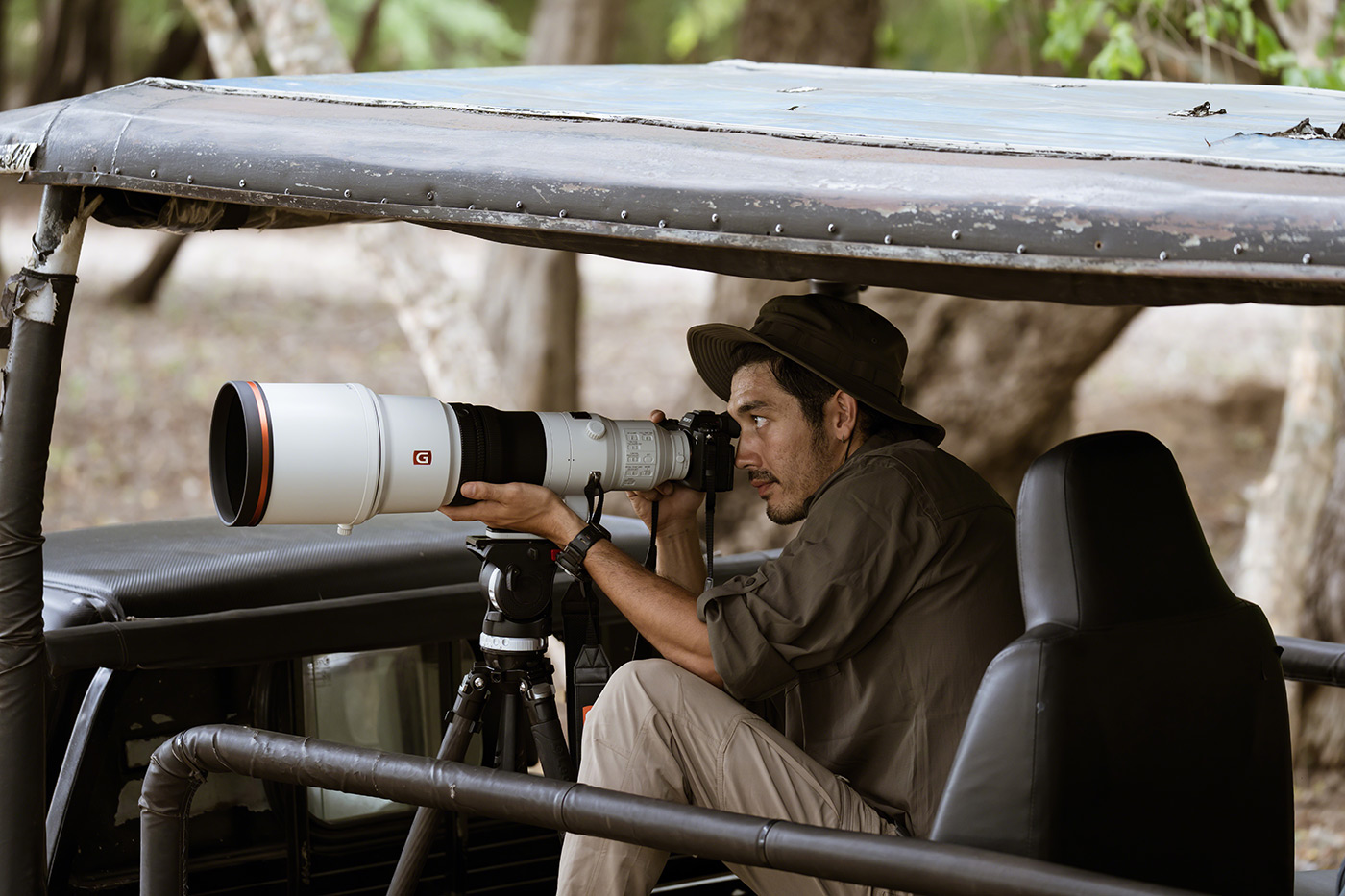
Sony A1 II key features
As expected, the Sony A1 II is packed with advanced technology in a refined body design, that weighs only 658g (excluding memory card and battery). Below is an overview of its most notable features and specifications, which are aimed at advanced enthusiasts and professionals:
- 50.1 MP Exmor RS stacked sensor and BIONZ XR processor
- Improved colour accuracy with low noise, even at mid to high ISOs
- Enhanced 8.5-stop maximum in-body stabilisation
- New Composite RAW options to capture 200 MP resolution or reduce noise
- Real-time focusing powered by a dedicated AI chip for precise tracking
- Tracks subjects like animals, birds and cars in photo and video modes
- Burst shooting at 30fps with blackout-free view and full AF/AE tracking
- Pre-Capture mode allows you to capture frames before fully pressing the shutter
- 8K 30p and 4K up to 120p video capture with 4:2:2 10-bit recording
- Cinematic capabilities with S-CINETONE, LUT imports, and S-LOG 3 for customised video grading
- Video stability with Dynamic Active and Breathing Compensation
- Ergonomic improvements such as a 4-axis multi-angle monitor, 9.44M-dot EVF with a deeper eyecup, and a redesigned grip
- Enhanced connectivity, battery performance, and anti-dust system for improved usability
- Expanded customisation options for shooting and reviewing content
- Dedicated voice memo microphone
- Includes BC-ZD1 dual charger for simultaneous battery charging in 155 minutes
There’s a lot to unpack here, so let’s dive deeper into some of these features and see how they can impact the quality of your results.

Image quality upgrades
Sony has introduced a dedicated AI processing unit and refined the sensor-shift mechanism with 5-axis stabilisation, enhancing autofocus, sharpness, and overall image quality. The AI chip recognises and accurately tracks a wider range of subjects, improves Auto White Balance (AWB) in difficult lighting, and delivers more precise AF for these subjects:
- Auto
- Human
- Animal
- Bird
- Insect
- Car
- Train
- Airplane
The AI system analyses and recognises human subjects, even in challenging lighting conditions, detecting features such as the head, face, eyes, and body poses whether partially hidden, small in the frame, or backlit. Human eye recognition has been improved by around 30%, and bird recognition accuracy has been enhanced by 50% for the mark II camera.
Human eyes are reliably tracked even if the subject is wearing glasses or partially obscured by clothing, and the camera covers 92% of the image area with 759 high-density phase-detection AF points, ensuring robust autofocus coverage and accuracy, including when shooting in APS-C crop mode.
This evolved AF system offers exceptional imaging intelligence across multiple genres, whether you capture sports and action, portraits and events, wildlife or video.

Sample image 01 with Sony FE 28-70mm f/2 GM Lens @45mm. Camera settings: 1/2500 sec. f/2. ISO 640
Improved stabilisation
If you shoot handheld the A1 II has you covered with enhanced IBIS for up to 8.5-stops in the centre of the frame and 7-stops compensation in the periphery, delivering a signifiant upgrade compared to its predecessor. This can make a huge difference allowing for slower shutter speeds with reduced noise from lower ISO values, while maintaining sharpness.

New Pre-Capture and Continuous Speed Boosting features
The Alpha 1 II introduces Sony’s Pre-Capture and Continuous Speed Boosting features, helping photographers capture the perfect frame in RAW or JPEG. Pre-Capture buffers images as soon as you half-press the shutter, recording 0.03 to 1 second of full-resolution images before you fully press the shutter.
This ensures that you can better capture the decisive moment during fast or unpredictable action.
With Continuous Speed Boost, users can assign a custom button to temporarily increase burst shooting speed while the button is pressed, allowing for a brief boost in capture rate without ending up with thousands of unnecessary shots.
These features are accompanied by two new Composite RAW options, which we explore next.
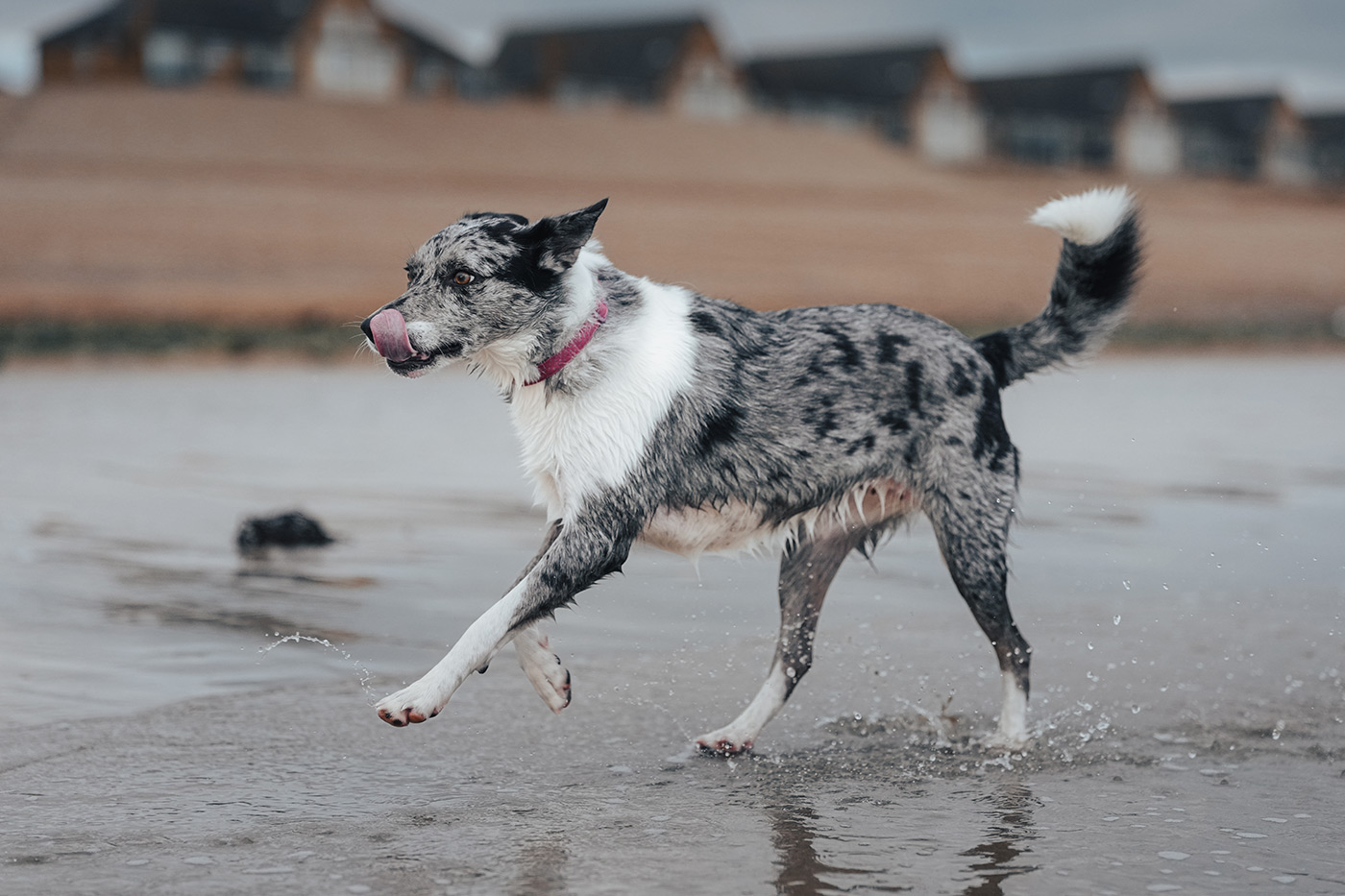
Sample image 02 with Sony FE 28-70mm f/2 GM Lens @70mm. Camera settings: 1/2500 sec. f/2. ISO 1000
New Composite RAW
With the A1 II users can select from two types of Composite RAW images. One delivers remarkable 200 megapixel resolution results, and the other reduces noise for cleaner images. These options are ideal for capturing product photos, still life, and other static subjects where enhanced resolution or noise control are key.

Sample image © Olle Nilsson with Sony FE 300mm f/2.8 GM Lens and Sony 1.4x TC @420mm. Camera settings: 1/3200 sec. f/4. ISO 3200
Professional video capabilities
The A1 II is a hybrid flagship, allowing you to capture stunning 8K video at up to 30p or 4K at up to 120p with a professional 4:2:2 10-bit codec. You can achieve a cinematic look straight out of the camera using the S-CINETONE colour profile, or customise your images by importing your own LUTs directly into the camera.
Recording in S-LOG 3 offers the greatest flexibility in post-production, delivering footage with a wide dynamic range with malleable highlights and shadows. Sony has also enhanced recording stability and smooth transitions with Dynamic Active and Breathing Compensation, available exclusively when using Sony E mirrorless lenses.

Ergonomic and design updates
The A1 II body has received several refinements in its second generation, including an upgraded 3.2-inch 4-axis multi-angle 2.1-million-dot monitor. The ultra-high-resolution 9.44-million-dot EVF is now complemented by a deeper FDA-EP21 eyepiece cup to reduce light leakage, while the button layout has also been improved.
Notable additions include a new front C5 custom button, a Stills/Movie/S&Q dial, and a deeper body grip for enhanced handling, creating a smoother shooting experience overall. Sony has even refined the shutter button, positioning it more naturally to accommodate the subtleties of the new Pre-Capture mode.
Dual SD (UHS-II) / CFexpress Type A memory card slots, enable the use of Sony and other brand memory cards.
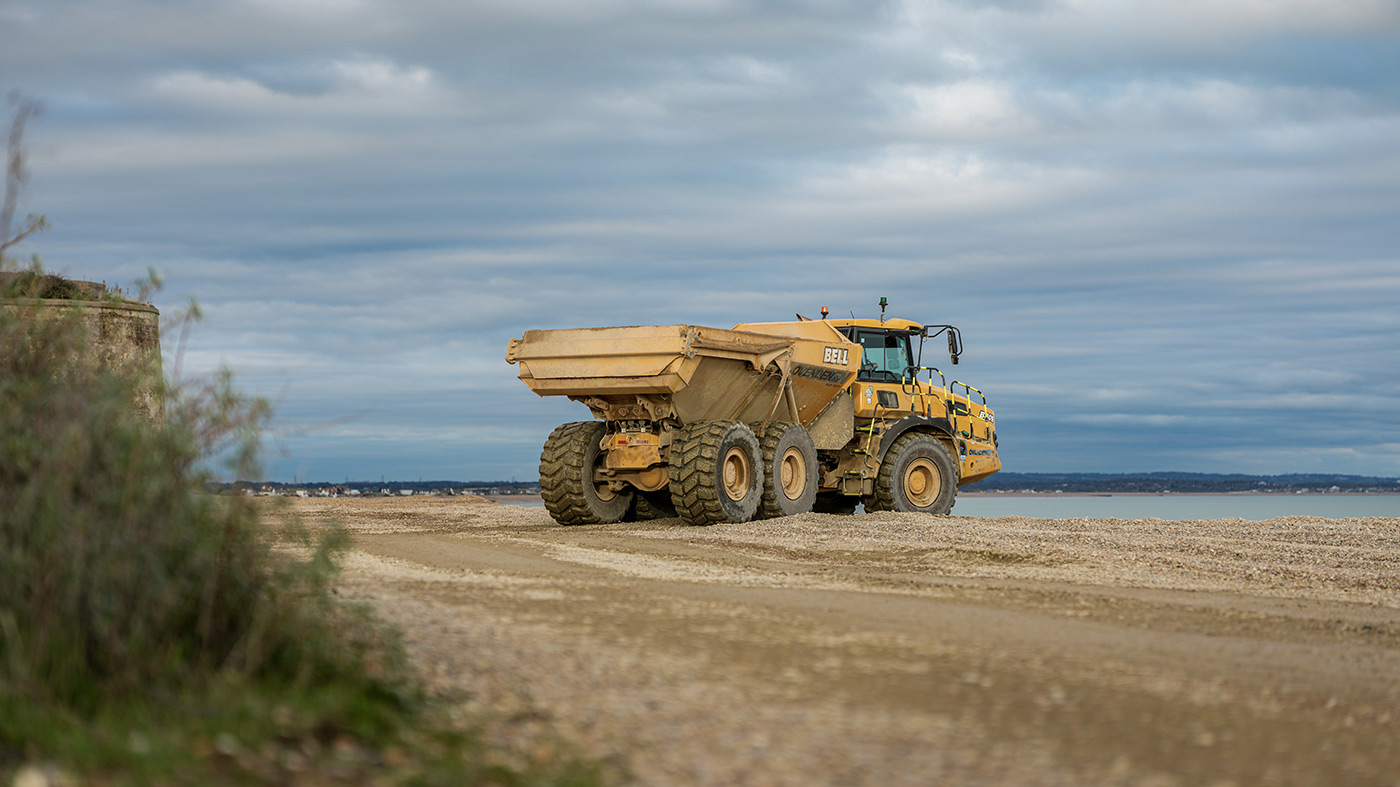
Sample image 03 with Sony FE 28-70mm f/2 GM Lens @70mm. Camera settings: 1/800 sec. f/2. ISO 125
Connectivity and interface
The A1 II body offers extensive customisation options, Sony’s cable and battery-free Multi Interface Shoe, and several upgrades such as a dedicated voice memo microphone, 2.5GBASE-T Ethernet, and more.
This allows the addition of microphones such as the ECM-M1 Shotgun Microphone, flashguns including the second-gen. HVL-F60RM2 and much more.
It’s designed to support both stills and video shooting, followed by seamless data sharing, with a range of connectivity options including a mic terminal, headphone/mic 3.5mm stereo minijack terminals and Bluetooth remote control.
Three FTP transfer modes ensure fast content delivery in various ways, while live USB streaming is available in 4K, with RTMP, RTMPS, and SRT support. Support for Sony’s remote camera tool offers camera sync, remote shooting and Wake on LAN, and other convenient remote features.

Sample image © Mine Kasapoglu with Sony FE 70-200mm F/2.8 GM OSS Mark II Lens @111mm. Camera settings: 1/3200 sec. f/2.8. ISO 400
Sony A1 vs A1 II specs comparison
The table below highlights some of the key specs differences between these two generations of cameras.
|
|
A1 II (New) |
A1 |
|
Release |
2024 (November) |
2021 (January) |
|
Lens mount |
Sony E |
Sony E |
|
Image sensor |
35mm full frame (35.9 x 24.0mm), Exmor RS CMOS sensor |
35mm full frame (35.9 x 24.0mm), Exmor RS CMOS sensor |
|
Effective pixels |
50.1 megapixel |
50.1 megapixel |
|
Processing engine |
BIONZ XR |
BIONZ XR |
|
Image format (Stills) |
JPEG (DCF Ver. 2.0, Exif Ver. 2.32, MPF Baseline compliant), HEIF (MPEG-A MIAF compliant), RAW (Sony ARW 5.0 format compliant) |
JPEG (DCF Ver. 2.0, Exif Ver. 2.32, MPF Baseline compliant), HEIF (MPEG-A MIAF compliant), RAW (Sony ARW 4.0 format compliant) |
|
Image format (Movie) |
XAVC S: MPEG-4 AVC/H.264 XAVC HS: MPEG-H HEVC/H.265 |
XAVC S: MPEG-4 AVC/H.264, XAVC HS: MPEG-H HEVC/H.265 |
|
Memory card slots |
SLOT1: Multi slot for SD (UHS-I/II compliant) memory card/CFexpress Type A card SLOT2: Multi slot for SD (UHS-I/II compliant) memory card/CFexpress Type A card |
SLOT1: Multi slot for SD (UHS-I/II compliant) memory card/CFexpress Type A card SLOT2: Multi slot for SD (UHS-I/II compliant) memory card/CFexpress Type A card |
|
Focus Type |
Fast Hybrid AF (phase-detection AF / contrast-detection AF) |
Fast Hybrid AF (phase-detection AF / contrast-detection AF) |
|
Focus point |
Still images and movies: Max. 759 points (phase-detection AF) |
Still images and movies: Max. 759 points (phase-detection AF) |
|
Focus Sensitivity |
EV-4 to EV20 (ISO100 equivalent with F2.0 lens attached in AF-S) |
EV-4 to EV20 (ISO100 equivalent with F2.0 lens attached) |
|
Subject Recognition AF |
Auto Human Animal Bird Insect Car Train Airplane Auto Human Animal Bird Insect Car Train Airplane |
Human Animal Bird |
|
Viewfinder |
1.6 cm (0.64 type) electronic viewfinder 9 437 184 dots STD 60fps / HI 120fps / HI+ 240fps |
1.6 cm (0.64 type) electronic viewfinder 9 437 184 dots STD 60fps / HI 120fps / HI+ 240fps |
|
LCD screen |
8.0 cm (3.2-type) type TFT Touchpanel 2 095 104 dots |
7.5cm (3.0-type) type TFT Touchpanel 1,440,000 dots |
|
Image stabilisation |
Center 8.5 stops and Periphery 7.0 stops (based on CIPA2024 standard. Pitch/Yaw/Roll compensation. With FE 50mm F1.2 GM lens mounted. Long exposure NR off.) |
5.5 stops Image Sensor-Shift mechanism with 5-axis compensation (Compensation depends on lens specifications) |
|
Max. Drive speed |
AUTO/Electronic Shutter Hi+: 30 fps Mechanical Shutter Hi+: 10 fps |
AUTO/Electronic Shutter Hi+: 30 fps Mechanical Shutter Hi+: 10 fps |
|
No. of recordable frames |
JPEG Extra fine L: 190 frames JPEG Fine L: 400 frames JPEG Extra fine L: 400 frames RAW: 240 frames RAW & JPEG: 200 frames RAW (Uncompressed): 84 frames RAW (Uncompressed) & JPEG: 80 frames RAW (Lossless Compressed): 100 frames RAW (Lossless Compressed) & JPEG: 86 frames |
JPEG Extra fine L: 182 frames, JPEG Fine L: 400 frames, JPEG Standard L: 400 frames, RAW: 238 frames, RAW & JPG: 192 frames, RAW (Lossless Compression): 96 frames, RAW (Lossless Compression) & JPG: 83 frames, RAW (Uncompressed): 82 frames, RAW (Uncompressed) & JPG: 78 frames |
|
Pre Capture |
Yes. 0.03 to 1 second |
N/A |
|
Other features |
AF Level for Crossing (Still) AF Track for Speed Change (Still) AF Subj. Shift Sensitivity (Movie) AF Transition Speed (Movie) Switch V/H AF Area AF Area Regist. Circ. of Focus Point Focus Map (Movie) AF Assist (Movie) |
Predictive control Focus lock AF Track Sens. (Still) AF Subj. Shift Sensitivity (Movie) AF Transition Speed (Movie) Switch V/H AF Area, AF Area Regist. Circ. of Focus Point
|
|
Weather sealing |
Yes |
Yes |
|
Interface |
PC Interface Mass-storage / MTP Multi / Micro USB Terminal Yes Yes (SuperSpeed USB 10 Gbps (USB 3.2) compatible) Sync Terminal Yes Wireless LAN (Built-In) Yes (Wi-Fi Compatible, IEEE 802.11a/b/g/n/ac (2.4 GHz band/5 GHz band))*8 *9 Bluetooth Yes (Bluetooth Standard Ver. 5.0 (2.4 GHz band)) HD Output HDMI connector (Type-A) HD Output 3840 x 2160 (59.94p / 50p / 29.97p / 25p / 23.98p) / 1920 x 1080 (59.94p / 50p / 23.98p) / 1920 x 1080 (59.94i / 50i), YCbCr 4:2:2 10bit / RGB 8bit 7680 x 4320 (29.97p / 25p / 23.98p), YCbCr 4:2:0 8bit / RGB 8Bit HD Output 4332x2446 (59.94p / 50p / 29.97p / 25p / 23.98p) , Raw 16bit Multi Interface Shoe Yes (with Digital Audio Interface) Mic Terminal Yes (3.5 mm Stereo minijack) Headphone Terminal Yes (3.5 mm Stereo minijack) Yes (Bluetooth remote control) Yes (2.5GBASE-T, 1000BASE-T, 100BASE-TX) |
PC INTERFACE Mass-storage / MTP MULTI / MICRO USB TERMINAL Yes (SuperSpeed USB 10Gbps (USB 3.2) compatible) WIRELESS LAN (BUILT-IN) Yes (Wi-Fi Compatible, IEEE 802.11a/b/g/n/ac (2.4GHz band/5GHz band))910 SYNC TERMINAL Yes Bluetooth Yes (Bluetooth Standard Ver. 5.0 (2.4GHz band)) MULTI INTERFACE SHOE Yes (with Digital Audio Interface)11 VERTICAL GRIP CONNECTOR Yes MIC TERMINAL Yes (3.5 mm Stereo minijack) HEADPHONE TERMINAL Yes (3.5 mm Stereo minijack) LAN TERMINAL Yes (1000BASE-T, 100BASE-TX, 10BASE-T) |
|
Battery |
||
|
Battery life approx. |
420 shots (Viewfinder) 520 shots (LCD monitor) |
430 shots (Viewfinder) 530 shots (LCD monitor) |
|
Dimensions Approx. |
136.1 x 96.9 x 82.9 mm |
128.9mm x 96.9mm x 80.8mm |
|
Weight Approx. with battery and memory card |
743g |
737g |
|
Price |
£6299.00 |
£5,879.00 |
Sample image 04 with Sony FE 28-70mm f/2 GM Lens @70mm. Camera settings: 1/2500 sec. f/2. ISO 400
Sony E mount lenses
Alongside the A1 II, Sony released a professional FE 28-70mm f/2 GM Lens with a versatile zoom range with a bright constant aperture, which joins a huge variety of first and third party lenses for the E mount.
These span a line of G Master primes, zooms and G-series optics for every conceivable subject and budget. The advantage of using Sony lenses includes the ability to maximise 30fps shooting and breathing compensation compatibility.
Whether you shoot stills, video, or a mix of both, the A1 II full-frame camera sets a new standard with its combination of exceptional speed, autofocus, and image quality, all while making sharing easier than ever. With 30fps burst shooting at 50.1 megapixels, an AI-powered real-time autofocus chip, and 8K or 4K 120p video capabilities, it’s built for professionals who demand the very best.
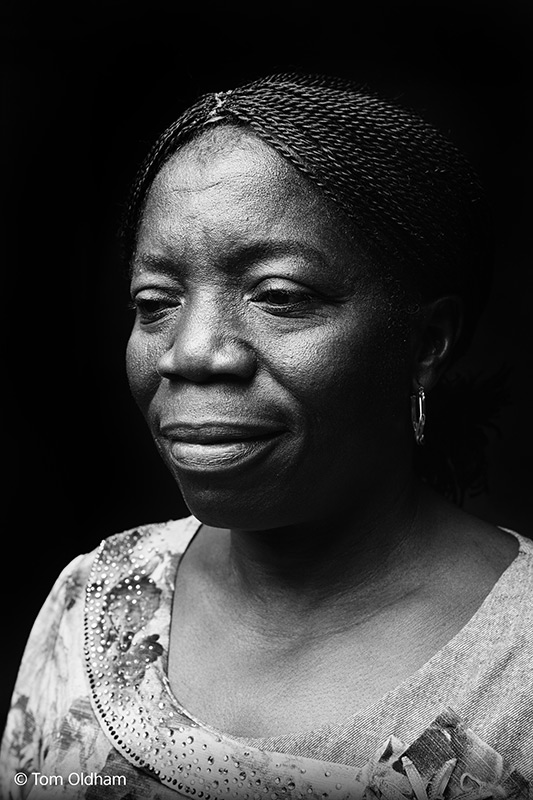
Sample image © Tom Oldham with Sony FE 28-70mm f/2 GM Lens @50mm. Camera settings: 1/200 sec. f/8. ISO 400
The A1 II also introduces new features like Pre-Capture, Boost Mode, and Composite RAW, along with refined colour accuracy and enhanced sharpness through upgraded IBIS. This camera eliminates any doubt about pushing the boundaries of your content, enabling creators to capture shots that were once out of reach, in order to stay ahead of the game.
Reserve your Sony A1 II camera today and take your content to new heights, and browse the latest E mount lenses to accompany the body.
If you’re upgrading, why not grab a fast and free trade-in quote and use the money you make to offset against the cost of the A1 II. We take all of the hassle out of selling your gear and we’ll even pick up and drop off your trade-in equipment!
Share this post:
By Nick Dautlich on 21/11/2024
Nick Dautlich
Senior Content Writer and Product Reviewer
Nick Dautlich is the Senior Content Writer and Product Reviewer at Park Cameras, with over 15 years of photography experience. A Sony Imaging Professional and expert reviewer, Nick has worked with major brands such as Canon, Sony and Nikon. His work is also featured on Vanguard World UK’s website, Capture Landscapes, and Shutter Evolve. Nick’s photography includes National Trust projects and magazine covers and he is passionate about landscapes and storytelling. Nick also enjoys hiking and teaching his children about nature. Learn more on his profile page.

Trade in your old equipment
Fast and easy trade in service ensures your old gear is collected efficiently and you are paid quickly! It's very simple to trade in your unwanted photography gear. Just head over to our dedicated Sell or Part Exchange page, fill out the details, and we'll get back to you with an offer for your old gear. Take the cash, or put it towards the cost of your new gear. It's up to you! Find out more
sign up to the newsletter
Keep up to date on the latest photography news, events and offers. Sign up now

